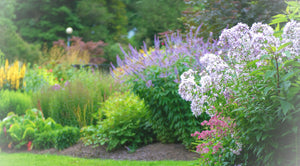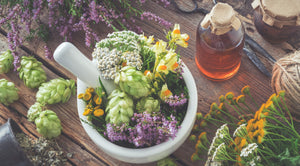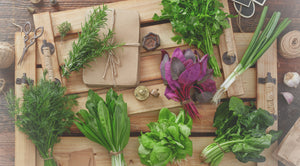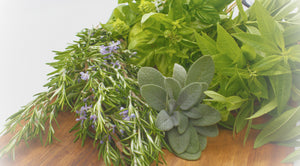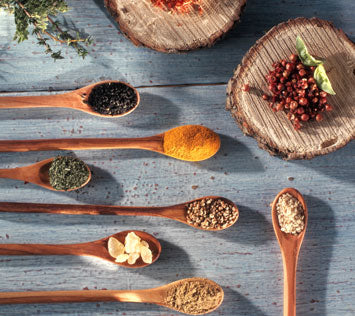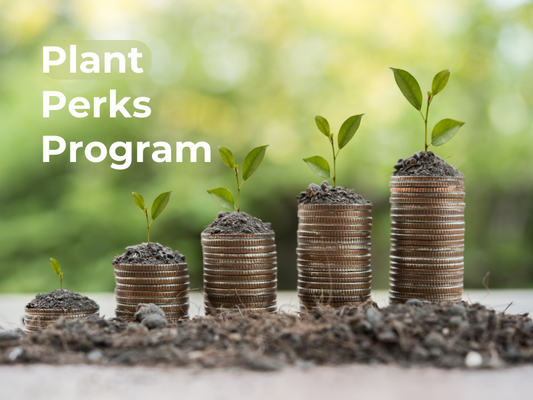Growing an herb garden has many benefits. Aside from adding exciting flavors to your meals and drinks, herbs also add aesthetic appeal to your garden. If you plant them correctly, they can be eye-catching landscape accents that tie together other elements in your yard. You probably have many questions if you plan on starting a herb garden. You could wonder if different herbs require different light and watering schedules or if they're even worth planting. But possibly the biggest question is:
What do I do with my herb garden in the fall?
This is a question many plant lovers are asking themselves. You've come to the right place if you are one of them. This blog will discuss the best gardening practices during the colder seasons so you'll know what to do with your herb garden in the fall."
Harvest and Store Herbs
When managing your herb garden in the fall, timing is key. Harvesting your herbs at their ideal peak ensures the best flavor. Early or late harvesting can lead to a loss of flavor, resulting in a less enjoyable culinary experience.
To gather your herbs:
- Choose a bright and sunny morning just after the dew has evaporated.
- Avoid harvesting in the strong midday sun, as it can alter the oil content and taste of the herbs.
- Select only healthy plants for harvesting and discard any withering ones.
After harvesting:
- Rinse the herbs in water and gently pat them dry with towels to remove excess moisture.
- Bundle the stems together and hang them in a dry, well-ventilated area.
- Periodically check the herbs to see if they are completely dehydrated.
A simple test involves placing a small branch in an airtight container and noting any condensation – if present, further drying is needed. Remember, waiting until the herbs are dehydrated before storing them is crucial to ensure they retain their intended flavor.
Collect Seeds
Gardeners can save money by gathering seeds from their withered herbs, as seeds can be expensive. Freshly collected seeds have a high germination rate, typically close to 100 percent, making them well worth the effort. To collect herb seeds, choose a dry day with mild winds. Cut the flower heads from the plant and place them in a warm, dry location. After a few weeks, the flower head will fall apart, and the seeds can then be stored in labeled envelopes within an airtight container.
Get Ready for Winter
In the fall, it's essential to take care of your herb garden to ensure the survival of your plants during the upcoming winter. While many herbs thrive during the summer, most cannot withstand the cold temperatures of winter and will die if left unprotected. Harvesting and storing these fragile plants is necessary for future use. At the same time, perennial herbs can be protected from frost with the proper precautions.
You can protect your perennial herbs by covering them with a 2-inch layer of shredded bark, leaves, straw, or organic mulch. Light tilling around the garden bed can also disrupt overwintering bugs and provide protection. Using a natural mulch, such as falling tree leaves, prevents erosion and enriches the soil with nutrients, protecting it from winter frost and thaw cycles.
Creating a seasonal shelter for your plants, such as a cardboard box, blanket, or tarp, shields them from frigid winds and harsh cold, safeguarding the roots. Another option is to dig up essential plants and repot them indoors for the winter. These practices will help ensure the survival and health of your herb garden through the winter months.
